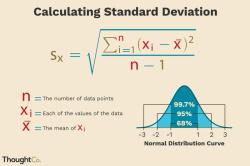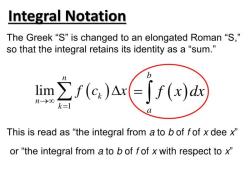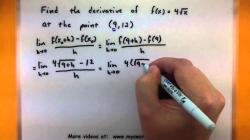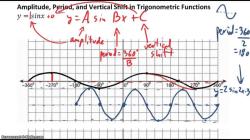How do you solve the volume of a rectangular prism?
Solving for the volume of a rectangular prism is a straightforward process. A rectangular prism has a rectangular base and rectangular sides that are perpendicular to the base. Here's a practical approach to solving for the volume of a rectangular prism:
Identify the Measurements: You need to know three measurements:
- Length (l): The length of the rectangular base.
- Width (w): The width of the rectangular base.
- Height (h): The height or depth of the prism, which is the perpendicular distance between the two bases.
Calculate Base Area: Calculate the area of the rectangular base using the formula:
- Base Area = length × width
Multiply by Height: Multiply the base area by the height of the prism:
- Volume = Base Area × height
Substitute Values and Calculate: Plug in the values you've measured into the formulas and perform the calculations.
Here's a step-by-step breakdown:
Step 1: Identify the Measurements
- Length (l) = 8 cm
- Width (w) = 5 cm
- Height (h) = 12 cm
Step 2: Calculate Base Area
- Base Area = length × width
- Base Area = 8 cm × 5 cm = 40 cm²
Step 3: Multiply by Height
- Volume = Base Area × height
- Volume = 40 cm² × 12 cm = 480 cm³
Step 4: Substitute Values and Calculate
- Volume = 480 cm³
So, the volume of the rectangular prism is 480 cubic centimeters.
Keep in mind that the units for the volume will be cubic units, which are the result of multiplying the length, width, and height (all in linear units) together.
In summary, solving for the volume of a rectangular prism involves calculating the base area and then multiplying it by the height. This approach is practical and can be easily applied to real-world scenarios where you have the measurements of the rectangular prism's dimensions.













